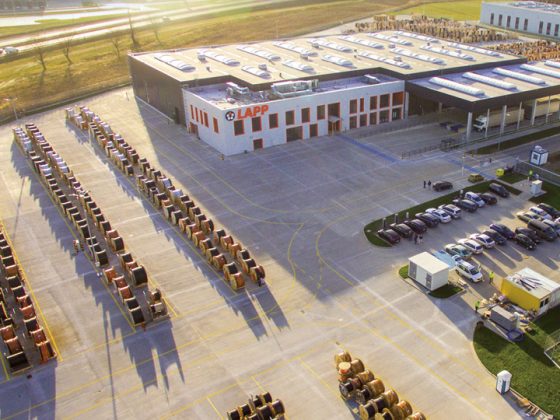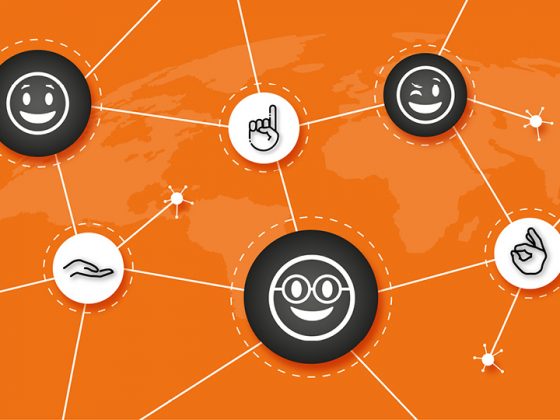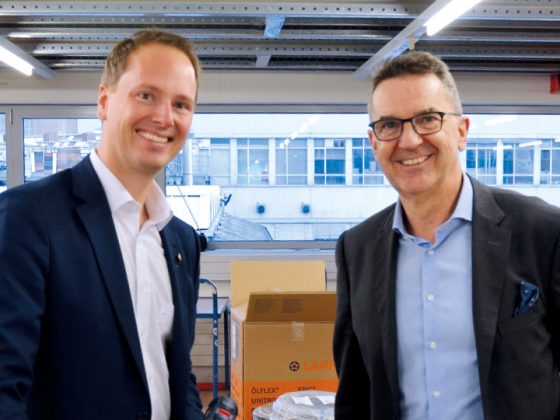
LAPP Australia is a joint venture between the New Zealand company ECS and LAPP. ECS is a leading provider of electronic and automation products in New Zealand. Just like LAPP, ECS is a family-run business. And an old acquaintance: ECS has represented LAPP and sold LAPP products in New Zealand for over 30 years. And since ECS also knows the Australian market well, the obvious thing to do was to form a joint company with them to establish the LAPP brand and our connection solutions in Australia. It was a success!
“We have a very strong culture of customer orientation in all areas of the company. This is complemented by a wide range of locally stored cables, connectors & cable accessories, as well as an excellent digital strategy, which we have been driving forward systematically since the start of 2018,” says Simon Pullinger, General Manager at LAPP Australia, describing his recipe for success. It may sound simple, but Australia is a huge continent with an area of 7,692,000 km², 26 million inhabitants and three time zones. To put this into context, Germany has an area of 357,000 km² and 83 million inhabitants. These dimensions alone clearly show how difficult it is to operate within this market.
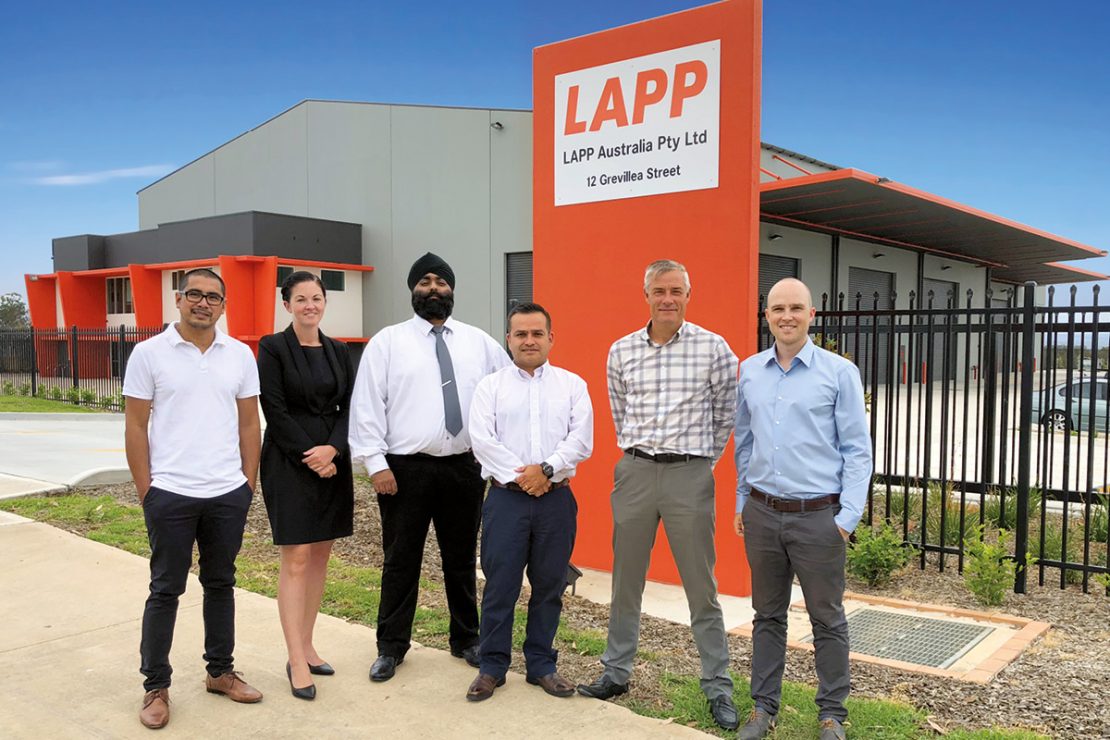
Accordingly, the location for the headquarters of LAPP Australia was a strategic choice. It is in Eastern Creek, New South Wales, about an hour’s drive from the centre of Sydney. Thanks to excellent road connections, the port and the airport can be reached in less than an hour. Simon Pullinger: “That enables us to transport freight orders over night to Melbourne and to Brisbane, and means that we can provide our customers on the eastern coast of Australia with a high level of service.” The most important customers are currently from mechanical and plant engineering, the food and beverage industry, control cabinet construction, and marine and conveyor technology. The ROBUST range (ÖLFLEX®, UNITRONIC® & ETHERLINE®) is in particular high demand. Due to the climatic conditions in Australia, they have a broad range of applications beyond just the F&B sector. For the coming financial year, LAPP Australia also wants to develop a range for the mining industry. “Since our launch in February 2018, our number one focus has been on customer acquisition for LAPP and the subsequent development of these customers. We launched LAPP Australia with zero customers, but now we have more than 1,500 active customers, who keep buying more and more from us,” says Simon Pullinger with delight.
Nevertheless, logistics always has its challenges. Customers are normally supplied from the 3,000 m2 headquarters in Eastern Creek. There, a strong onshore inventory of over 3,000 product lines is immediately available for same day dispatch. Thanks to its well-placed geographical location, around 60 percent of customers receive their goods the next day. In more remote regions, such as Pilbara in Western Australia, which require road freight transport, deliveries take 5 – 7 days.
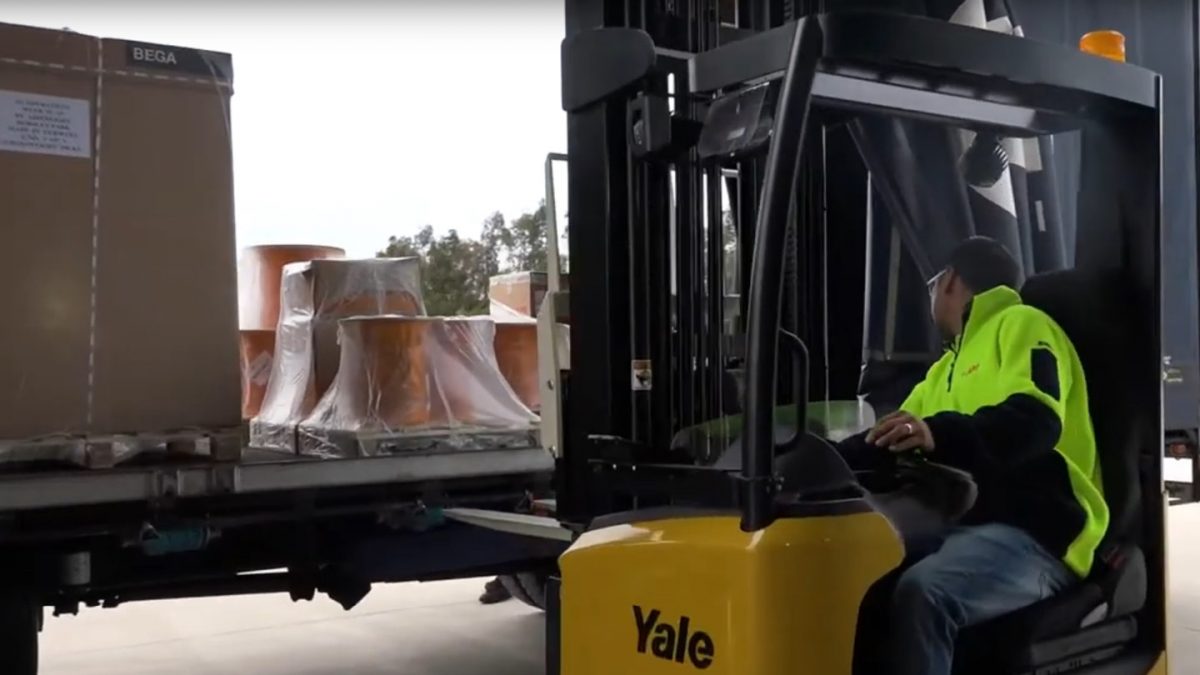
Video: LAPP Australia Corporate
If there are products that LAPP Australia does not have in stock, delivery times take much longer. Simon Pullinger says: “The distance to LAPP’s warehouse sites overseas poses the greatest challenge. Sea freight from Germany takes 10 – 12 weeks to arrive, and 5 – 6 weeks from Singapore. That means that we need to have minimum stock reserves of 6 months of our bestsellers to ensure that we always have stock available. If customers order products that we do not have in stock, we send the goods by air freight directly from the warehouses in Germany to Australia, with a lead time of 1 – 2 weeks for customers.”
The Australian LAPP employees are highly motivated. “We are continuing to win market share from our competitors, both in terms of day-to-day business and in relation to large-scale projects,” says Simon Pullinger. For example, they snapped up a major contract for modernising the Sydney Opera House, won an infrastructure project for a new Rheinmetall plant, and secured themselves a large LAPP Harnessing Solutions project for the lighting in underground construction.

